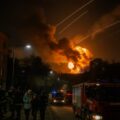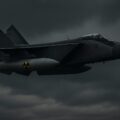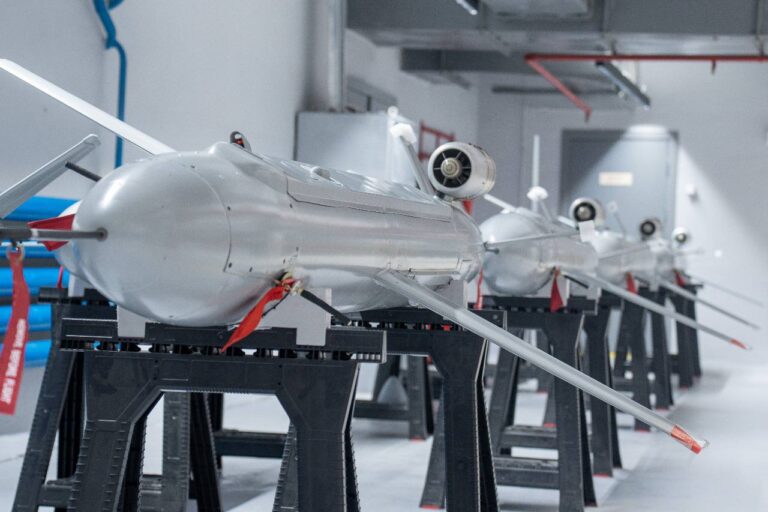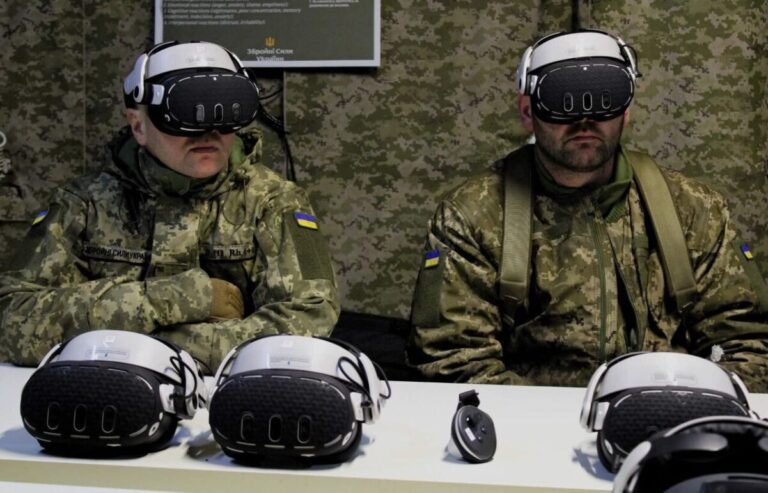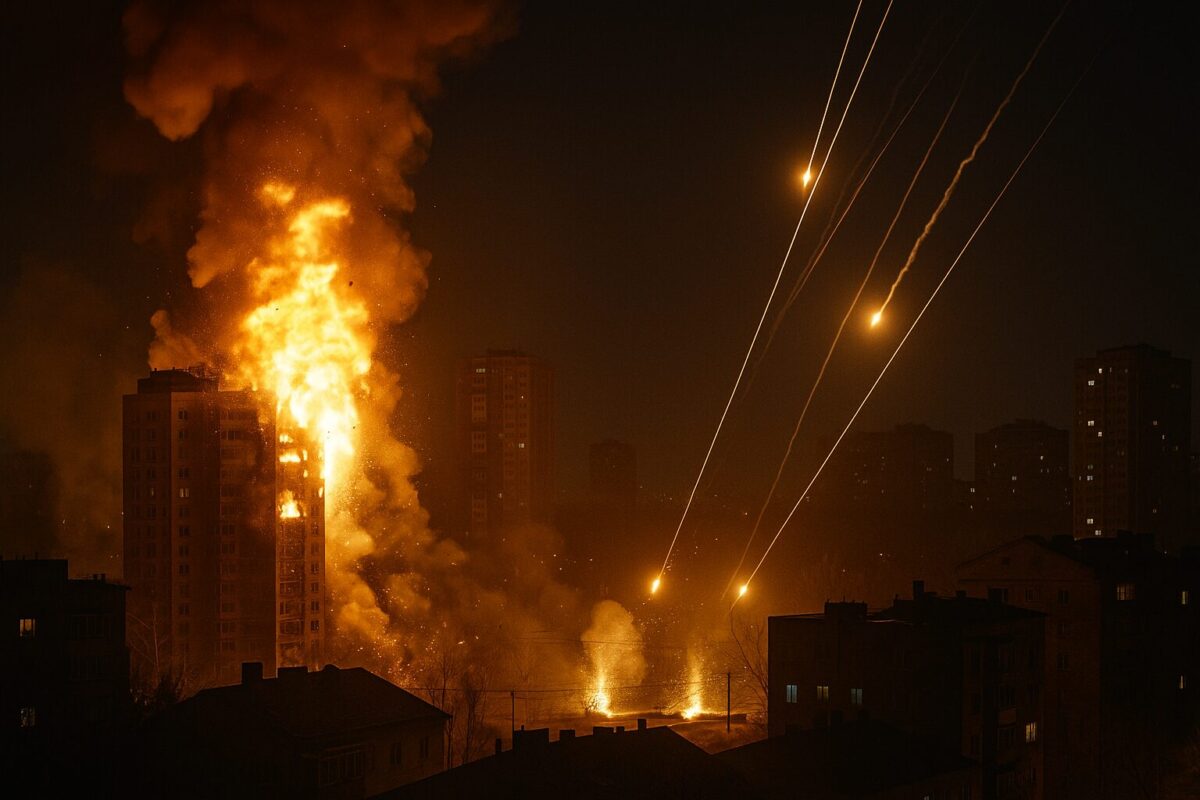
Russia’s Largest Air Attack on Ukraine: What Happened on May 25 and What Comes Next
On the night of May 25, 2025, Russia launched the largest aerial assault on Ukraine since the beginning of the full-scale invasion. Hundreds of drones. Dozens of missiles. Cities under fire. Civilians dead. And the world — watching. But this wasn’t just another attack. It was a message. A test. And a call for decisive global action.
What Happened: 298 Drones, 69 Missiles, a New Russian Strategy
At around 2 a.m., Russian forces launched a coordinated attack involving:
- 298 Shahed kamikaze drones;
- 69 missiles — ballistic, cruise, and air-launched.
The assault targeted over 30 cities and towns, including Kyiv, Kharkiv, Dnipro, Odesa, Vinnytsia, Lviv, Poltava, Uman, and Kropyvnytskyi.
According to official data:
- At least 12 people were killed, including 3 children;
- Over 60 wounded;
- Homes, hospitals, energy sites, and public infrastructure were damaged or destroyed.
Ukraine’s air defense forces intercepted 266 drones and 45 missiles, but the sheer volume of the attack overwhelmed some areas.
The Economist described it as a “new Russian tactic”:
saturation, not precision. The goal — to break Ukraine’s air defenses by sheer numbers.
Ukraine’s Response: Not Condolences — Commitments
In a national address, President Volodymyr Zelenskyy called on Western partners to move beyond words:
“Silence from America and others only encourages Putin. Ukraine doesn’t need sympathy. We need a sky that holds.”
His appeal included:
- Immediate delivery of additional air defense systems;
- Acceleration of F-16 training and deployment;
- Stronger sanctions targeting Russia’s military-industrial complex;
- Recognition of Russia as a state sponsor of terrorism.
Global Reaction: From Words to Warnings
While the White House issued a restrained response, key U.S. lawmakers and security officials broke the silence:
- “Ukraine must be armed to the teeth.”
- “This is no longer deterrence — it’s an air war.”
- “It’s time to act, or Russia will escalate again.”
Meanwhile, the Netherlands confirmed the full delivery of 24 F-16s — the last fighter jet to arrive on May 26, ready for training and operational deployment.
This is more than symbolic. It’s an acknowledgment: Ukraine needs air power, not just air defense.
Relevant
What This Night Really Meant
This was not revenge.
This was not random.
It was strategic escalation — designed to push Ukraine’s defenses past their limits, gauge the West’s tolerance, and show that even after two years, no city is truly safe.
The goals:
- Exhaust Ukrainian air defenses, drain missile reserves, and find soft spots;
- Test international reaction, especially from the U.S. and EU;
- Undermine civilian morale, especially in major cities.
This is not just military.
It is psychological warfare, aimed at both Ukraine and its allies.
Why This Moment Matters
- Summer is coming — the most active season for combat operations;
- Russia is replenishing drone and missile stockpiles, using Iranian components;
- Ukraine’s air defenses are holding, but barely.
The May 25 assault is a reminder: without more systems, more aircraft, and more urgency, Ukraine’s defense will weaken under the weight of constant pressure.
What Comes Next: Four Predictions
- Russia will continue large-scale air attacks, especially before global summits or moments of political hesitation.
- Ukraine needs a full aviation coalition — F-16s, trained pilots, upgraded bases.
- The EU must shift from “preventing defeat” to ensuring victory.
- The West must act now — or give Russia another window of opportunity.
This Is No Longer Just Ukraine’s War
The May 25 attack was a turning point.
It exposed the limits of Ukraine’s sky.
It tested the resolve of its allies.
And it sent a clear message: either support scales up, or the consequences will.
This is not just a war of missiles — it is a war of will.
And Ukraine, for now, still holds.
But it cannot hold alone — not forever.





